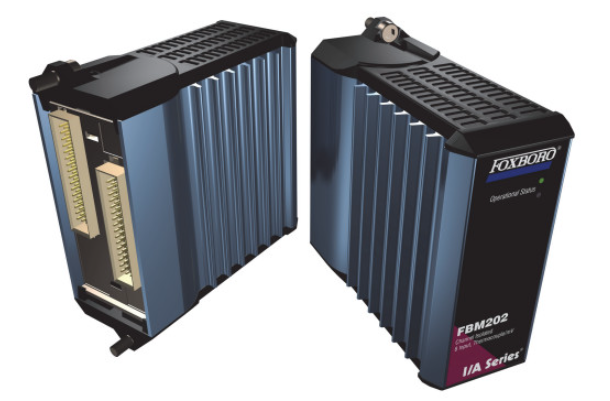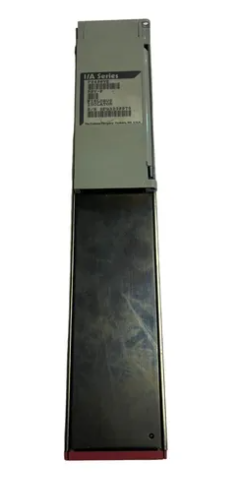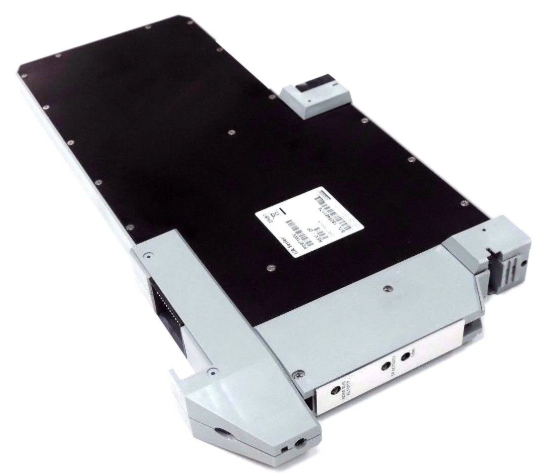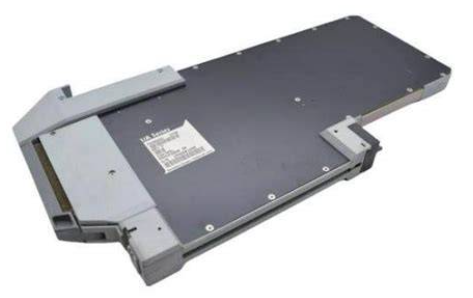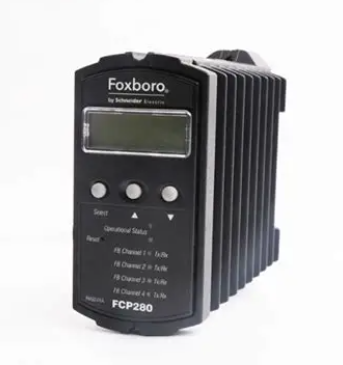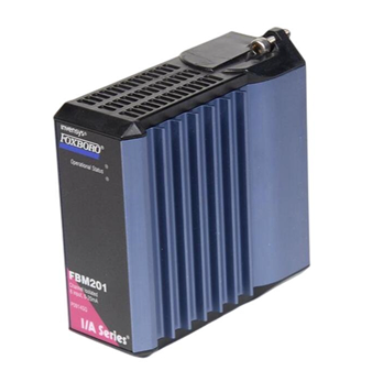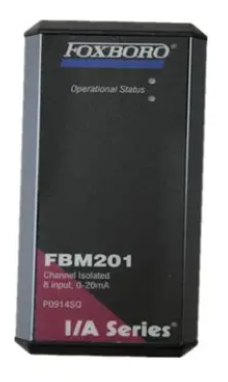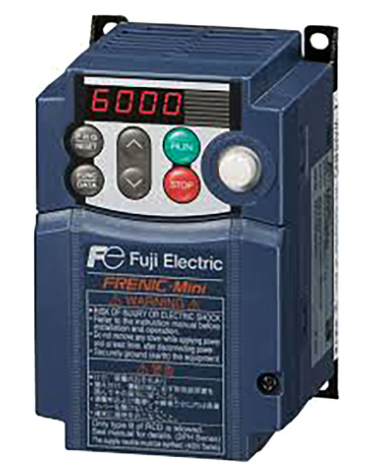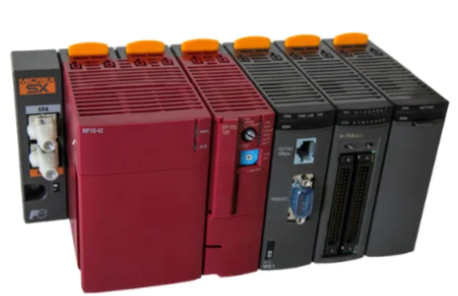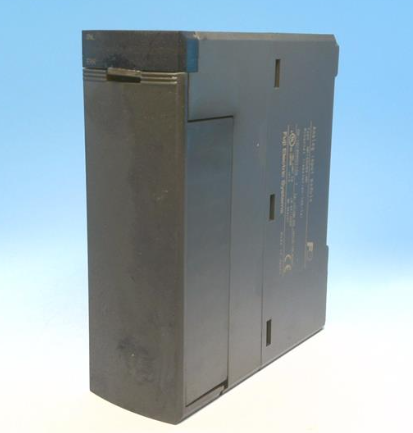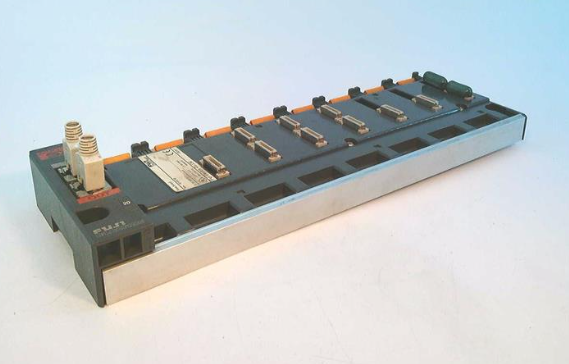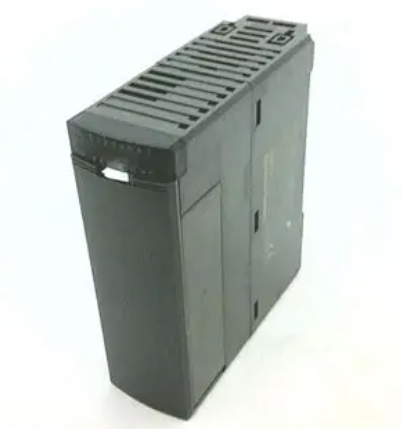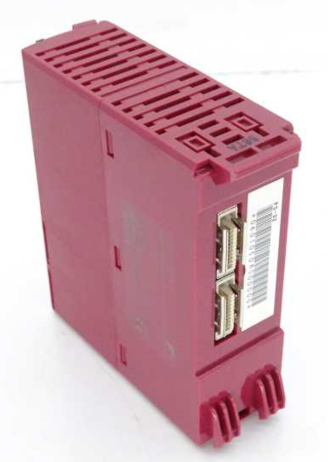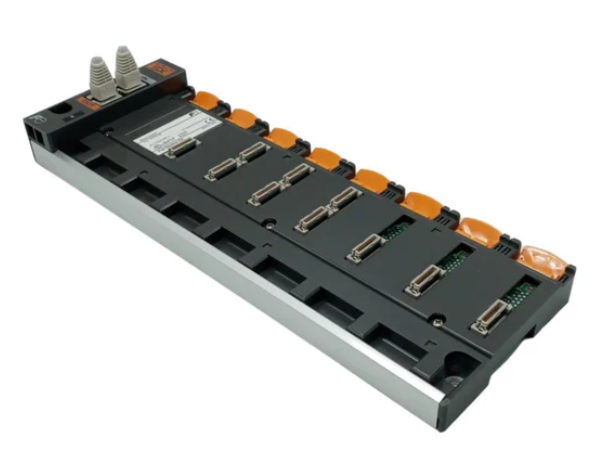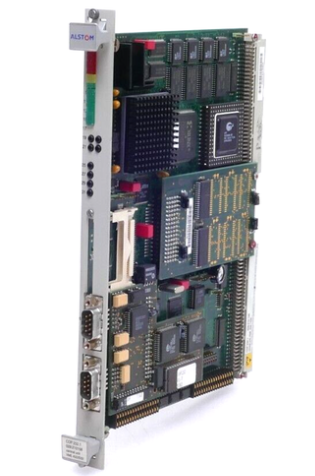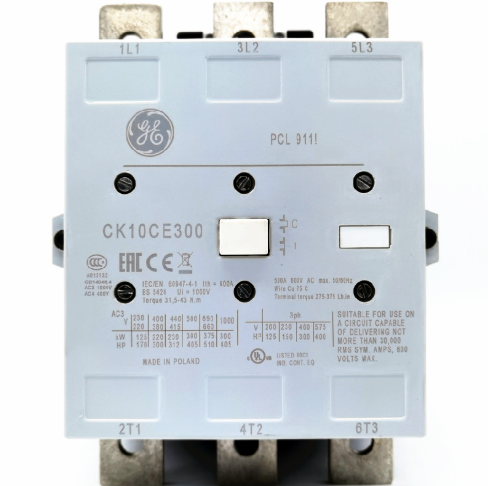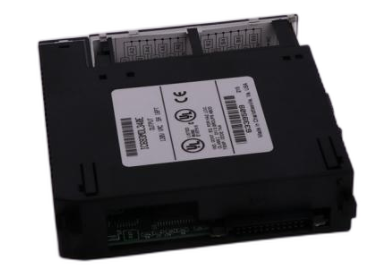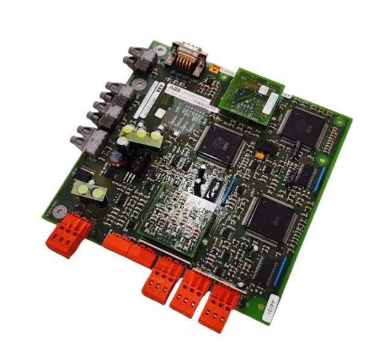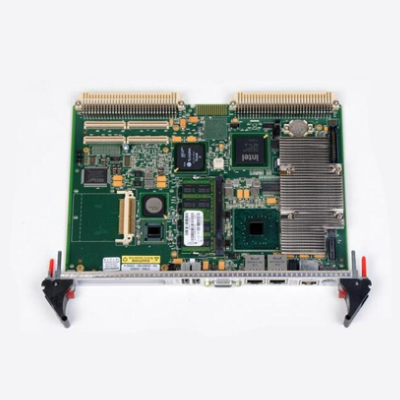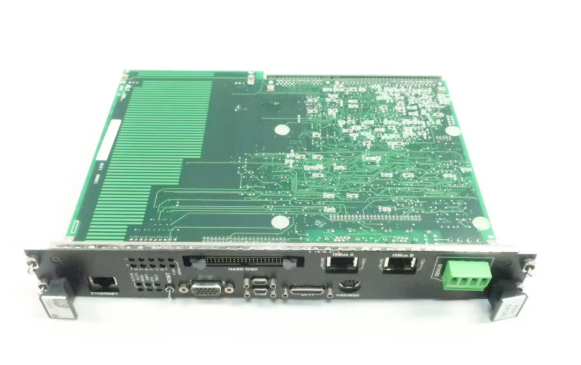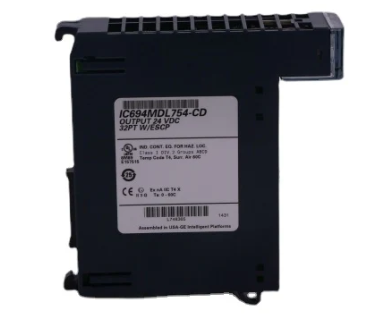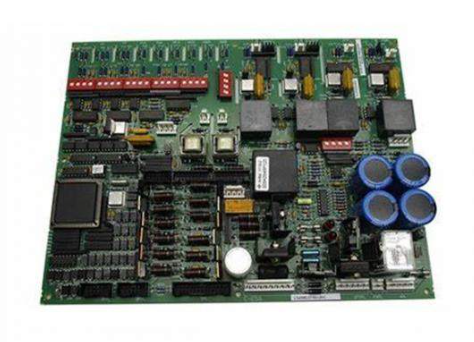SIEMENS SIMATIC HMI Intelligent Panel Operation Instructions
SIEMENS SIMATIC HMI Intelligent Panel Operation Instructions
Detailed explanation of core content
1. Product Overview and Model Classification
Product positioning: HMI devices designed for mid to high end industrial applications, featuring high-resolution display, multi protocol communication, flexible expansion, and supporting functions such as alarm, formula management, trend display, and multi language switching. Some models are suitable for special scenarios such as explosion-proof, outdoor, and food hygiene.
Model classification:
By operation mode: button type (KP series), touch type (TP series), button+touch composite type (KTP series)
According to the display screen size: 4 ", 7", 9 ", 12", 15 ", 19", 22 ", different sizes correspond to different installation sizes and hardware specifications
According to hardware versions: Comfort V1, V1.1, V2, the differences are reflected in the operating system (Windows CE 6/Embedded Compact 2013), interface configuration, etc
Standard kit: includes HMI device, installation instructions, assembly clips (quantity varies with model), power plug, strain gauges (some models).
Optional accessories: including RS422/RS232 adapter, PROFIBUS bus connector, protective film, SIMATIC HMI memory card, USB hub, etc., need to be ordered separately.
2. Safety regulations and usage restrictions
Security level: Clearly define the four levels of "danger", "warning", "caution", and "attention" warnings. The back of the equipment is designed to be open and needs to be installed in a locked cabinet. Only authorized professionals are allowed to operate it.
Usage environment:
Mainly for industrial applications, in compliance with EN 61000 series electromagnetic compatibility standards, some models support use in explosive hazardous areas (Zone 2/22)
Prohibited for use in residential areas, mixed use areas must comply with RF interference restrictions (EN 55011 Class B)
Operating temperature range: 0 ° C-50 ° C (conventional), some models can be extended to -20 ° C-60 ° C (storage), and a heat dissipation gap needs to be reserved
Electrical safety: Only supports 24VDC power supply (voltage range 19.2V-28.8V), with reverse polarity protection. It is prohibited to plug or unplug connectors with power in explosive areas.
3. Installation and connection process
(1) Installation preparation
It is necessary to check the integrity of the packaging and confirm the environmental conditions (temperature, humidity, air pressure). The installation opening should match the equipment size (material thickness 2mm-6mm, surface roughness ≤ 120 μ m) to ensure the protection level (IP65 on the front and IP20 on the back).
Reserved heat dissipation gap: left and right ≥ 15mm, up and down ≥ 50mm, back ≥ 10mm, supports horizontal/vertical installation (some models), maximum tilt angle ± 35 °.
(2) Installation steps
Insert the device into the installation opening from the front and secure it with the matching assembly clip (torque: 4 "model 0.2Nm, 7" -22 "model 0.5Nm), ensuring that the embedded seal fits snugly without distortion.
The function keys need to be marked with a dedicated marker strip (thickness 0.15mm, direct writing is prohibited), and the template can be obtained through the official website or WinCC installation directory.
(3) Connection specifications
Connection sequence: equipotential bonding → power supply → controller → configuration PC → peripheral devices (USB devices, printers, etc.)
Communication connection:
Supports PROFINET (10/100/1000Mbps), PROFIBUS DP (maximum 12Mbps), RS422/485 interfaces
Can communicate with SIMATIC S7-200/300/400/1200/1500, third-party controllers (such as Allen Bradley, Modicon)
USB interface (Type A for peripheral devices, Mini Type B for debugging), audio output interface (some models)
Equipotential bonding: Copper or galvanized steel wires with a cross-sectional area of ≥ 16mm ² should be used, and the cross-sectional area of the wire between the grounding bar and the equipment should be ≥ 4mm ².
4. Equipment debugging and system configuration
(1) Basic debugging
Memory management: Supports memory, SD/MMC memory cards, USB storage media, and system memory cards (≥ 2GB) can achieve automatic backup and fast fault recovery.
Control panel functions: configurable network parameters (IP address, PROFINET device name), display settings (brightness, orientation), touch screen calibration, password protection, screen saver, sound signals, etc.
Safe mode: Protect the control panel and taskbar with a password to prevent unauthorized modifications.
(2) Network and Communication Configuration
Support DHCP automatic allocation or static IP settings, PROFINET device names must be unique and comply with the DNS protocol.
Configurable MPI/PROFIBUS DP parameters (bus address, transmission rate), NTP time synchronization, proxy server, email configuration, Telnet remote control, etc.
(3) Service and maintenance functions
Backup and Recovery: Supports backing up projects, recipes, user data, etc. through WinCC or ProSave, with a backup file format of *. psb.
- EMERSON
- Honeywell
- CTI
- Rolls-Royce
- General Electric
- Woodward
- Yaskawa
- xYCOM
- Motorola
- Siemens
- Rockwell
- ABB
- B&R
- HIMA
- Construction site
- electricity
- Automobile market
- PLC
- DCS
- Motor drivers
- VSD
- Implications
- cement
- CO2
- CEM
- methane
- Artificial intelligence
- Titanic
- Solar energy
- Hydrogen fuel cell
- Hydrogen and fuel cells
- Hydrogen and oxygen fuel cells
- tyre
- Chemical fiber
- dynamo
- corpuscle
- Pulp and paper
- printing
- fossil
- FANUC
- Food and beverage
- Life science
- Sewage treatment
- Personal care
- electricity
- boats
- infrastructure
- Automobile industry
- metallurgy
- Nuclear power generation
- Geothermal power generation
- Water and wastewater
- Infrastructure construction
- Mine hazard
- steel
- papermaking
- Natural gas industry
- Infrastructure construction
- Power and energy
- Rubber and plastic
- Renewable energy
- pharmacy
- mining
- Plastic industry
- Schneider
- Kongsberg
- NI
- Wind energy
- International petroleum
- International new energy network
- gas
- WATLOW
- ProSoft
- SEW
- wind
- ADVANCED
- Reliance
- YOKOGAWA
- TRICONEX
- FOXBORO
- METSO
- MAN
- Advantest
- ADVANCED
- ALSTOM
- Control Wave
- AB
- AMAT
- STUDER
- KONGSBERG
- MOTOROLA
- DANAHER MOTION
- Bently
- Galil
- EATON
- MOLEX
- Triconex
- DEIF
- B&W
- ZYGO
- Aerotech
- DANFOSS
- KOLLMORGEN
- Beijer
- Endress+Hauser
- MOOG
- KB
- Moxa
- Rexroth
- YAMAHA
- Johnson
- Westinghouse
- WAGO
- TOSHIBA
- TEKTRONIX


Email:wang@kongjiangauto.com

